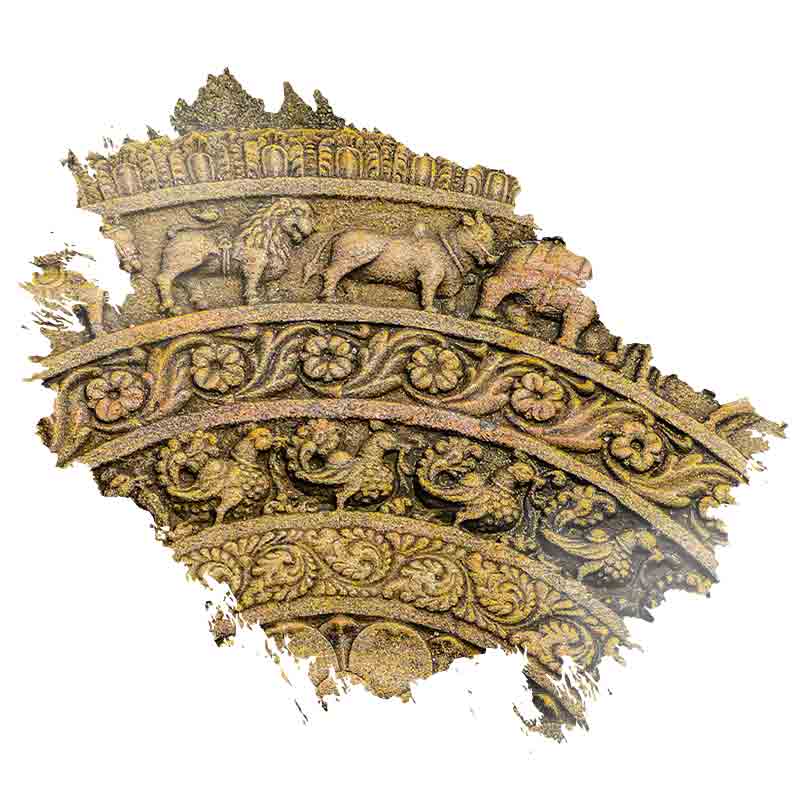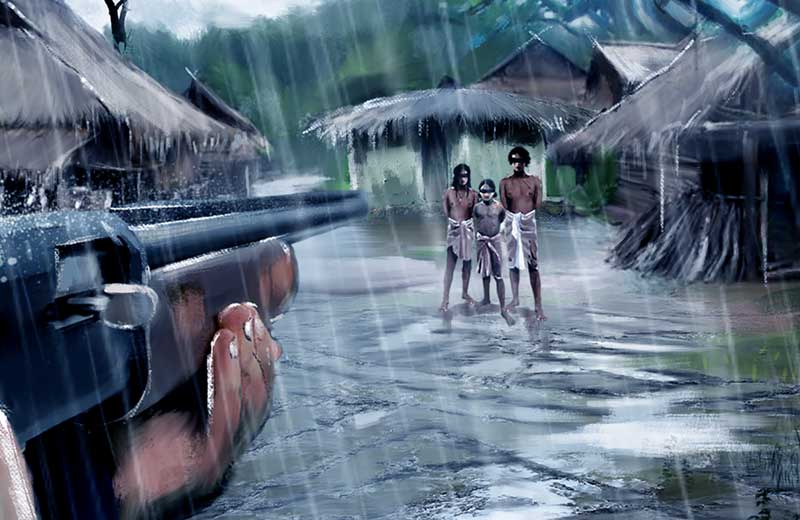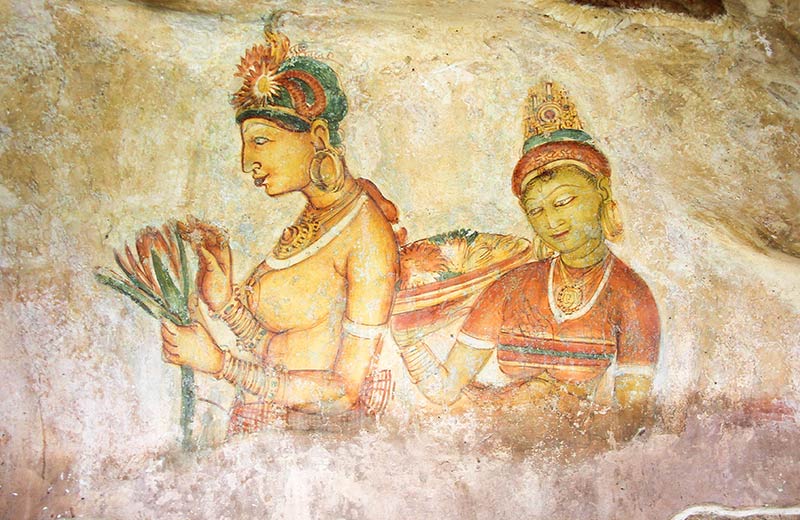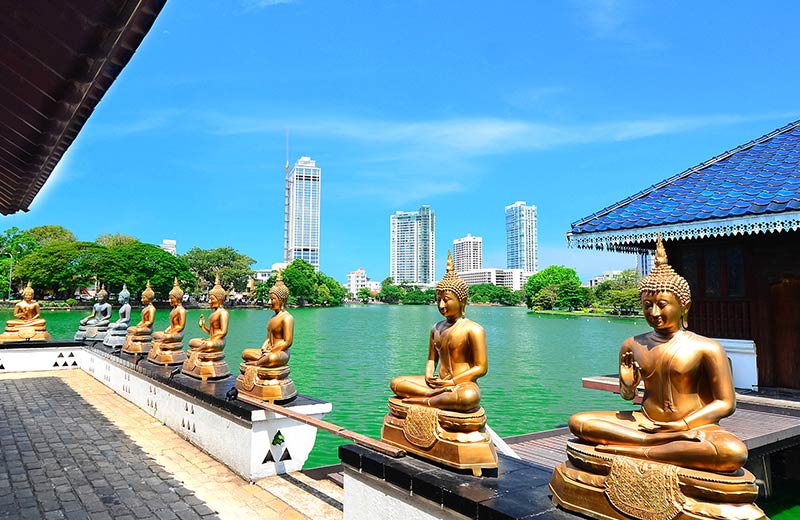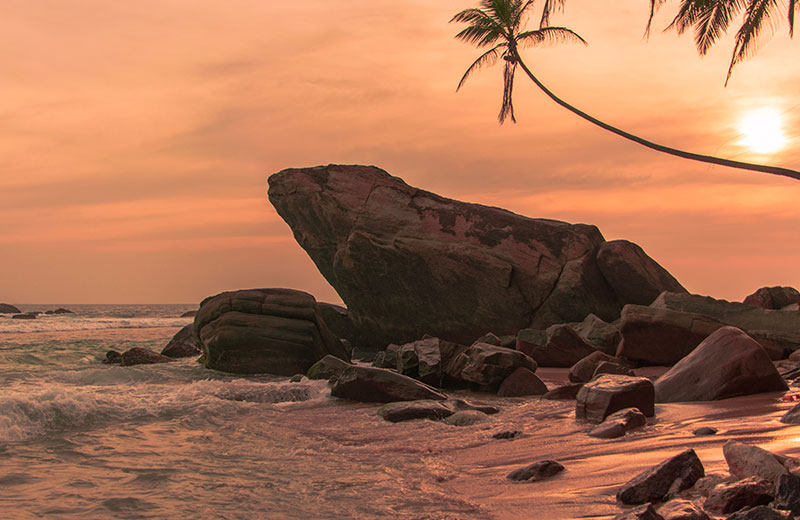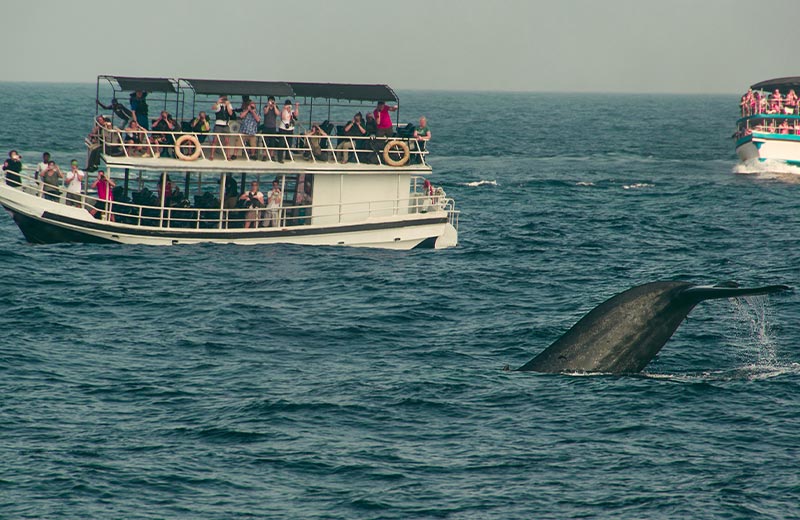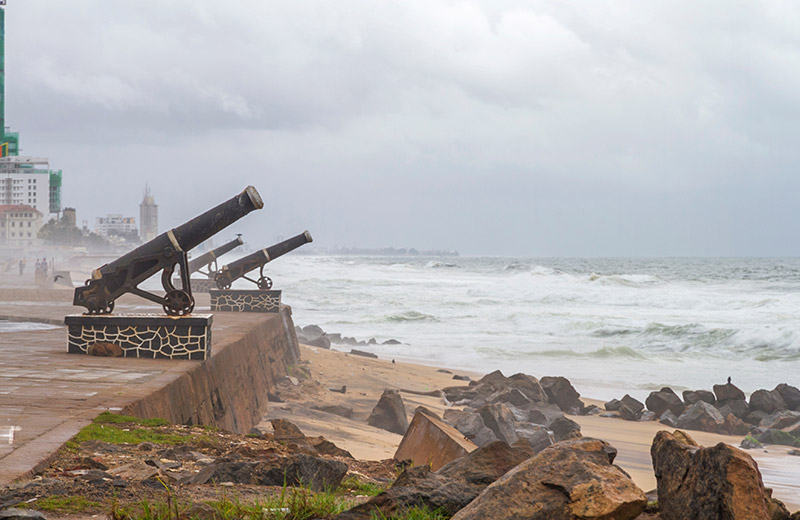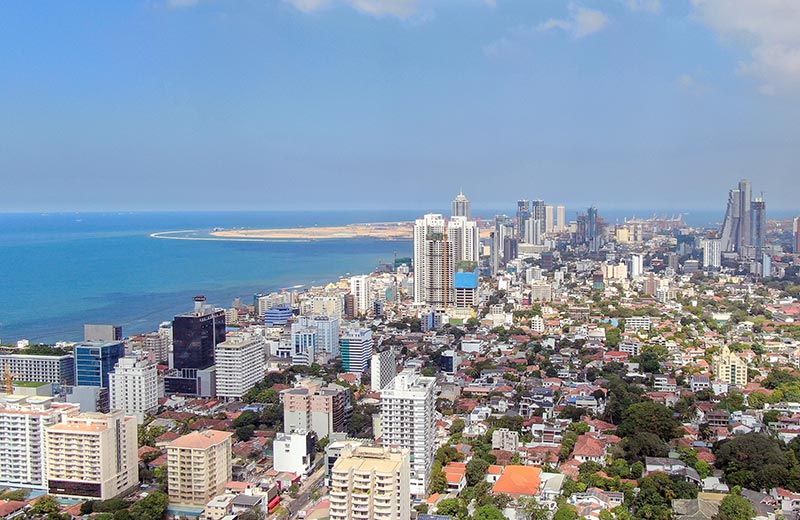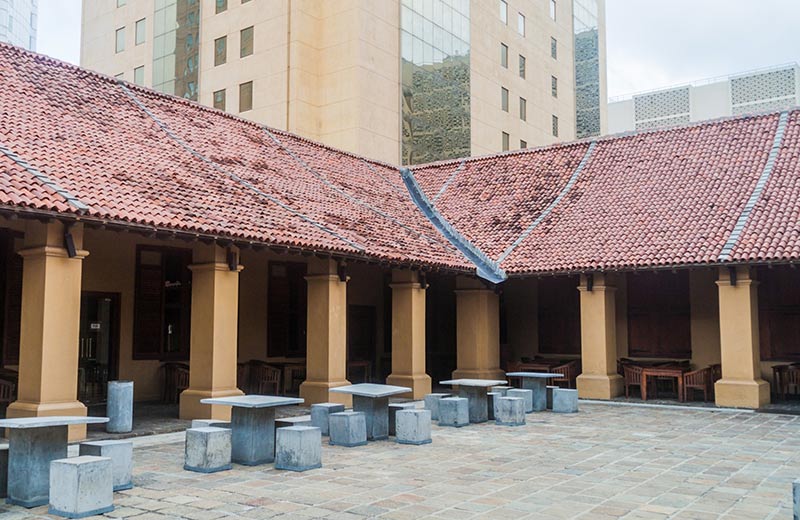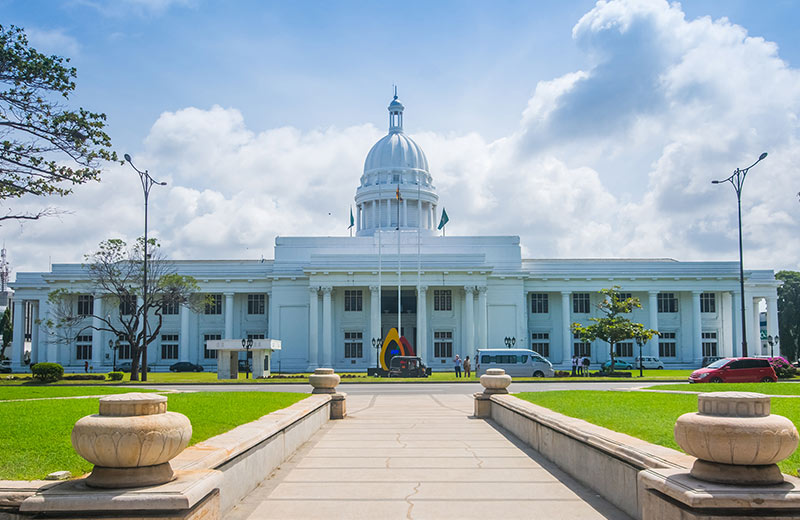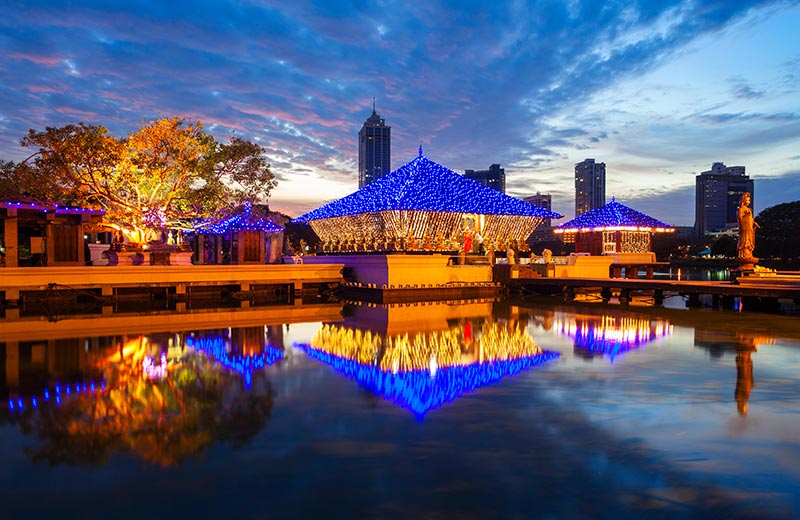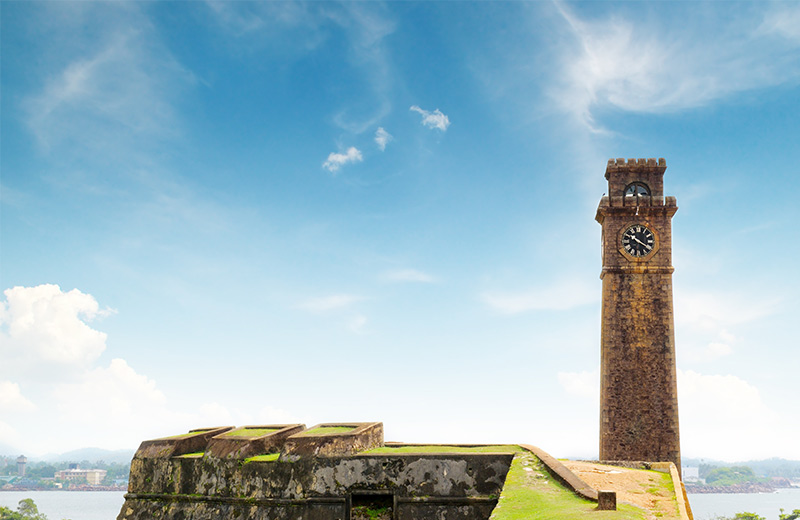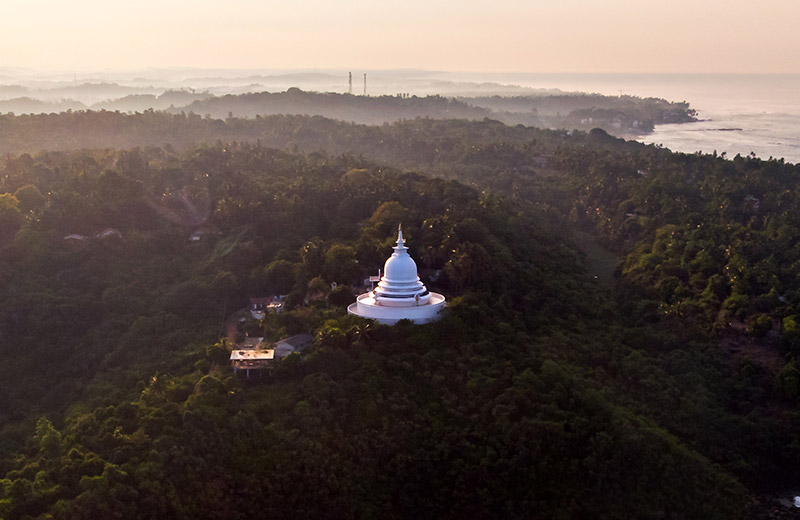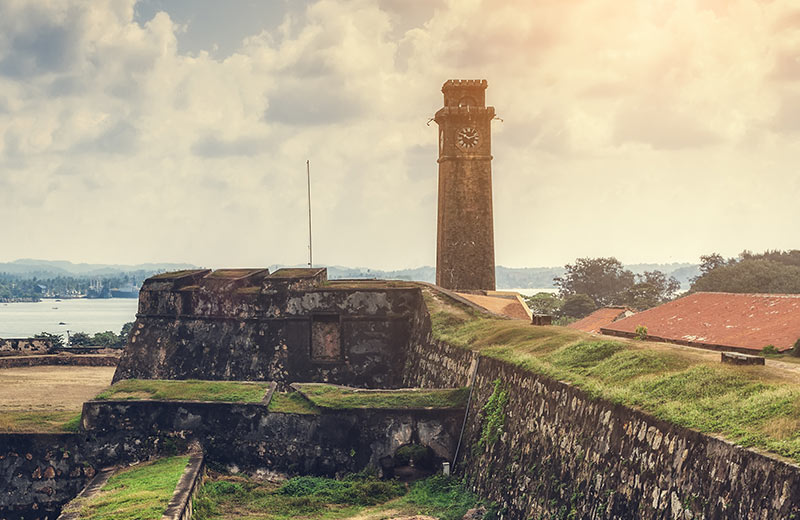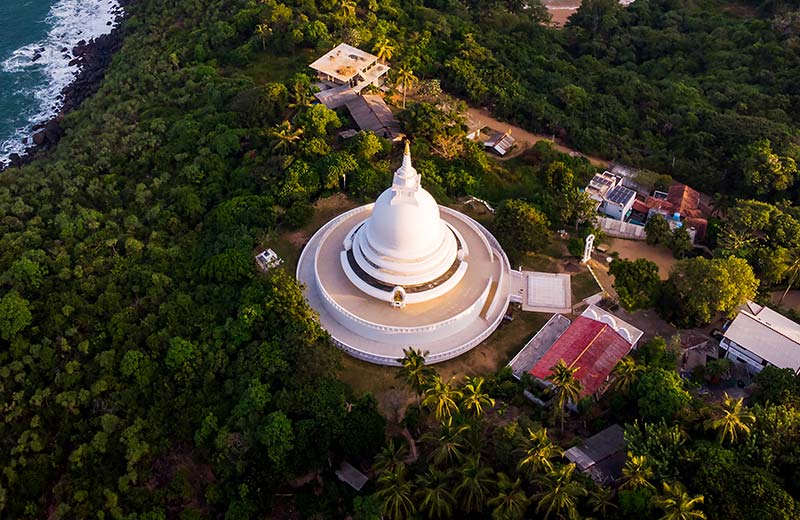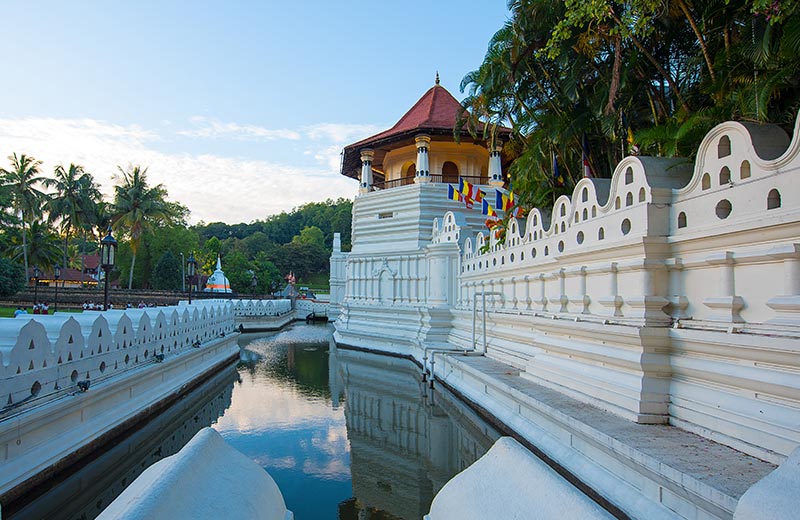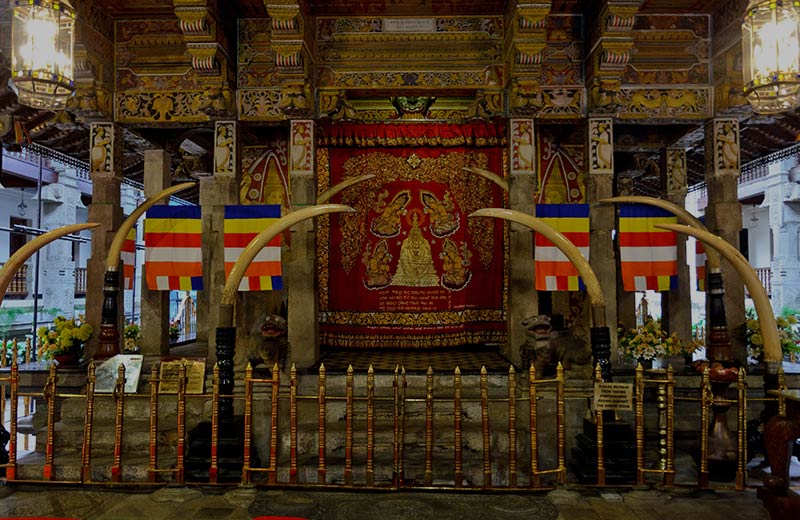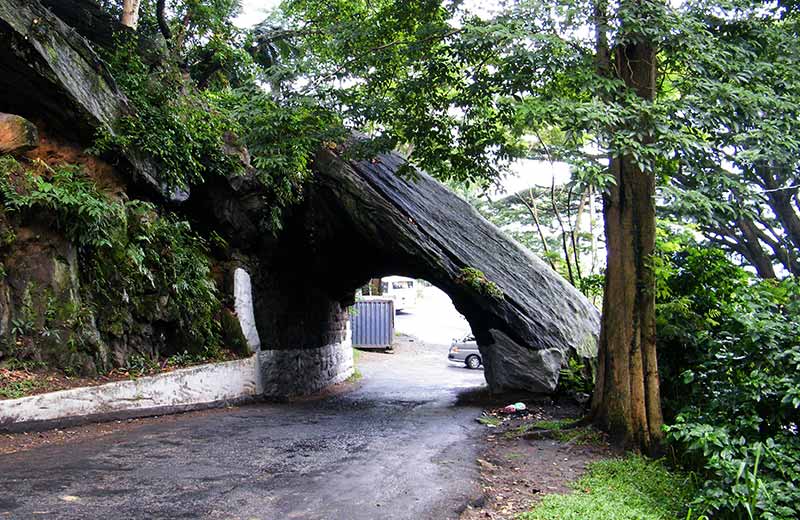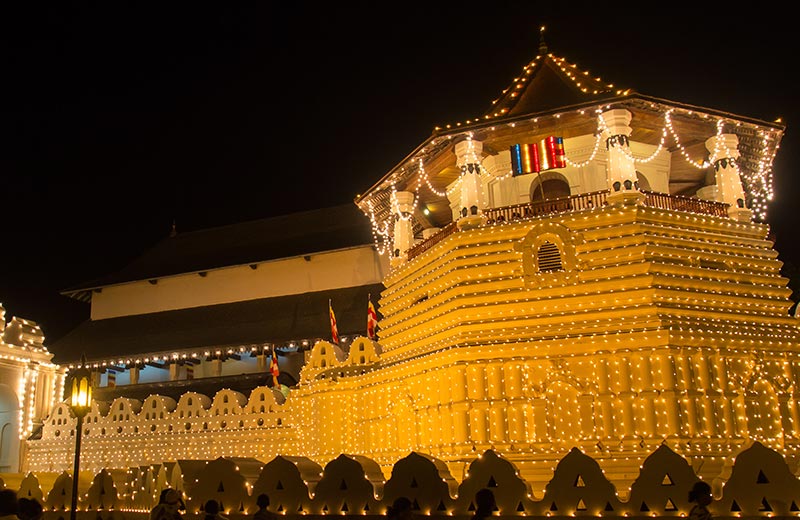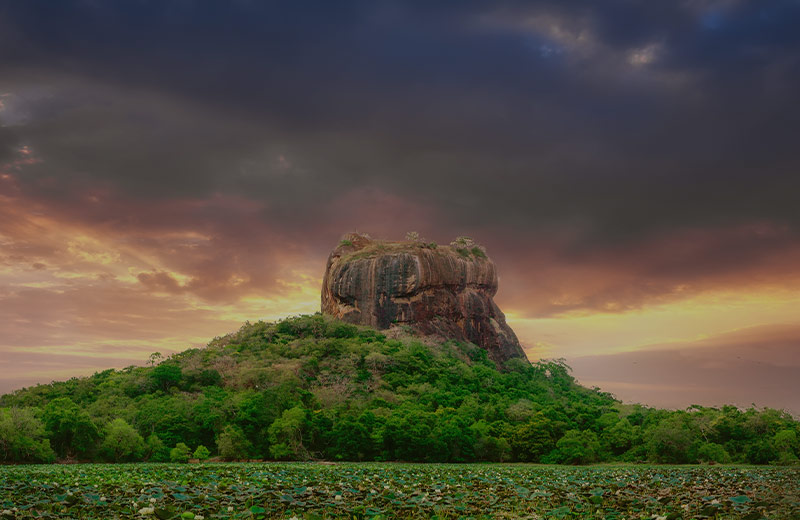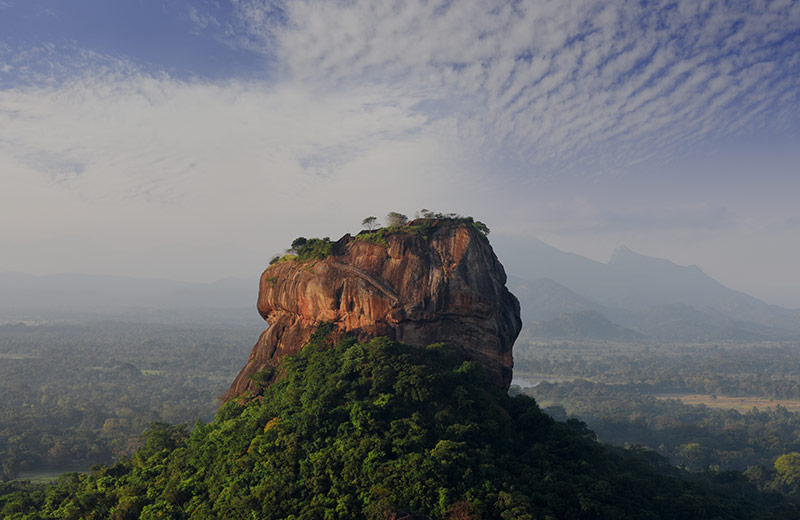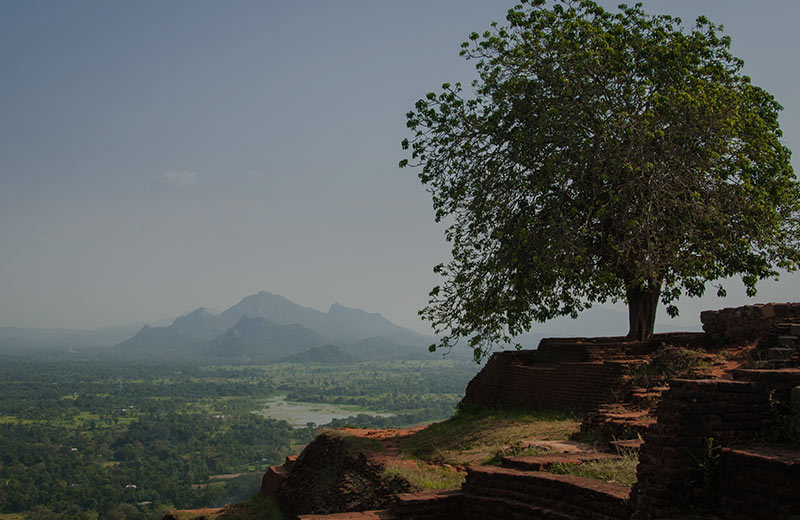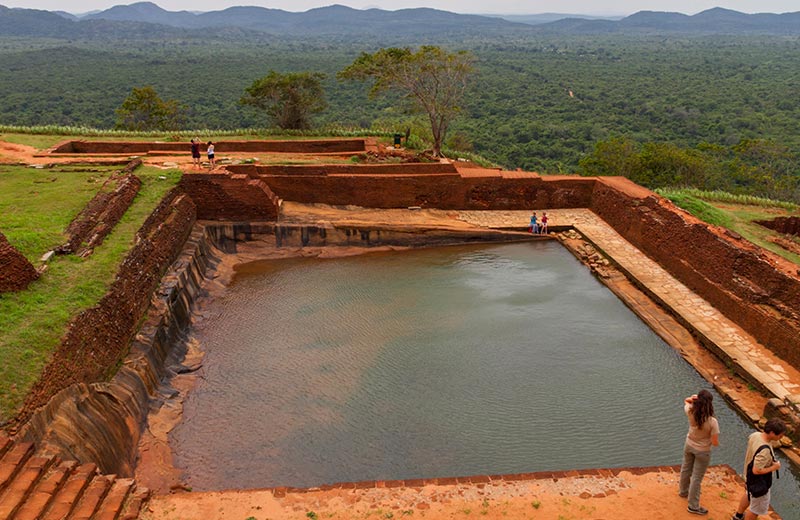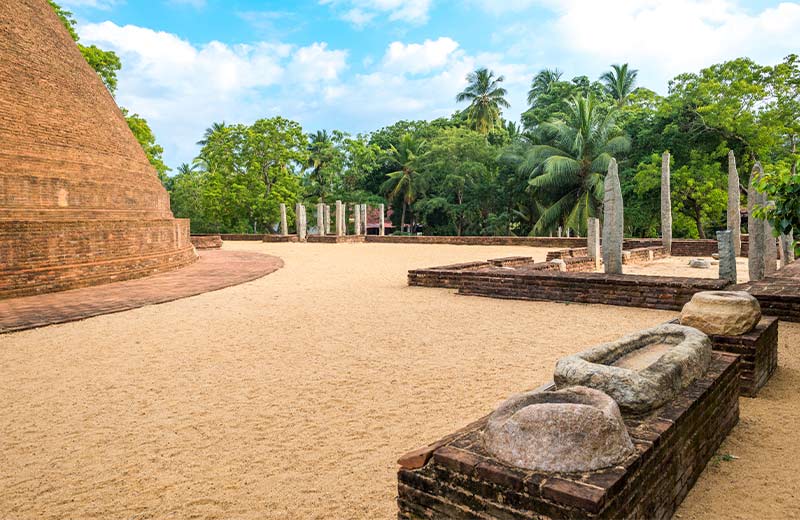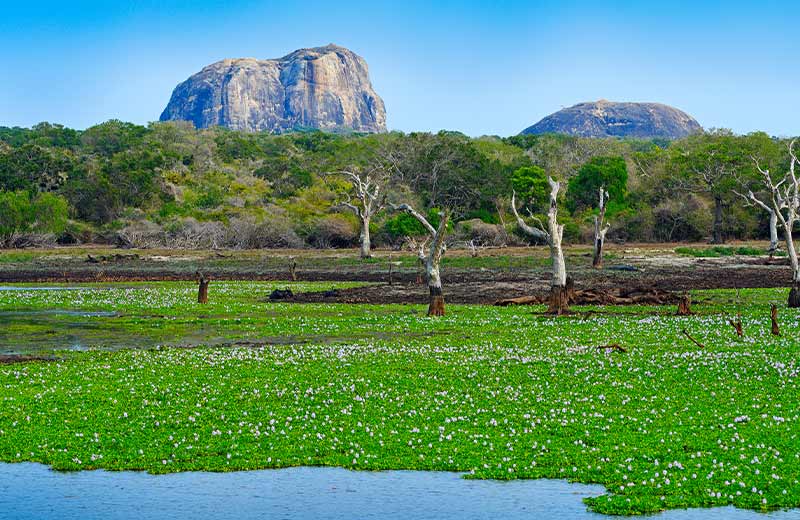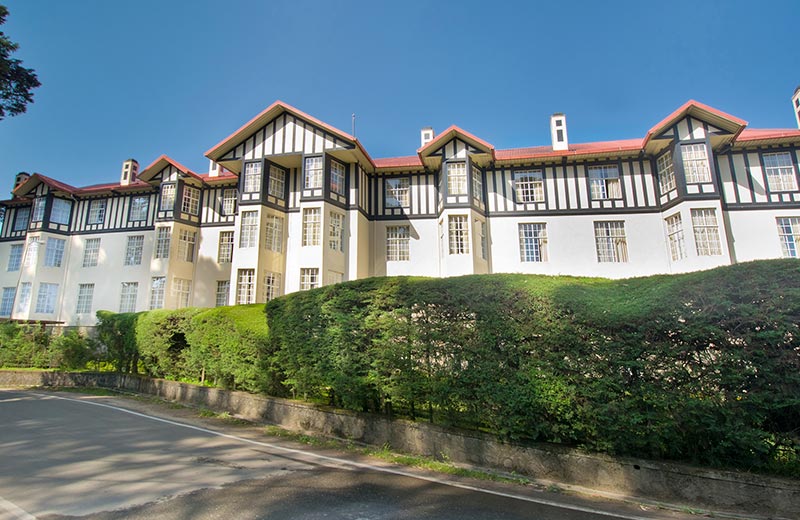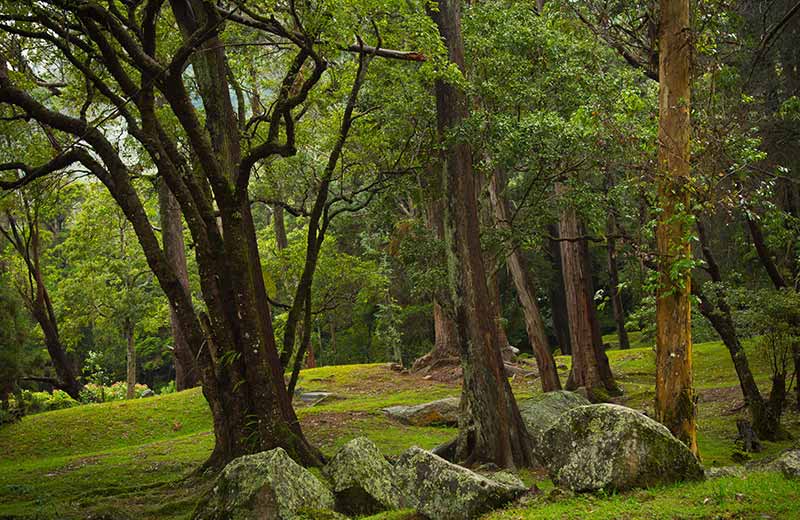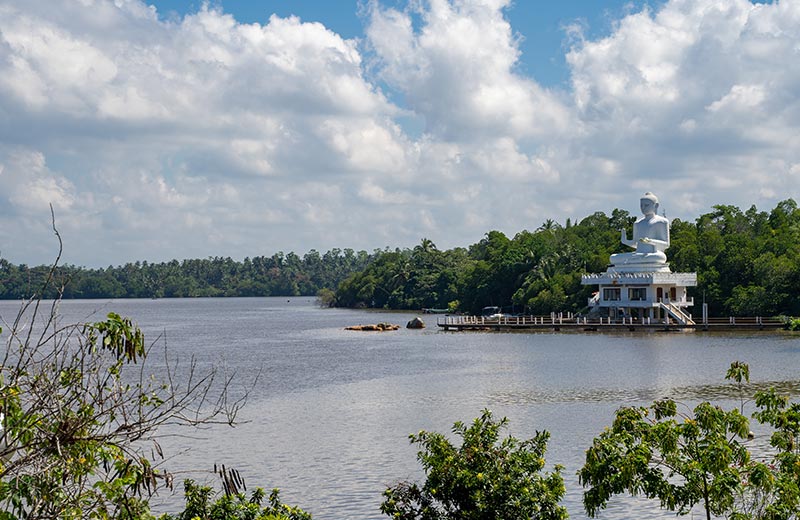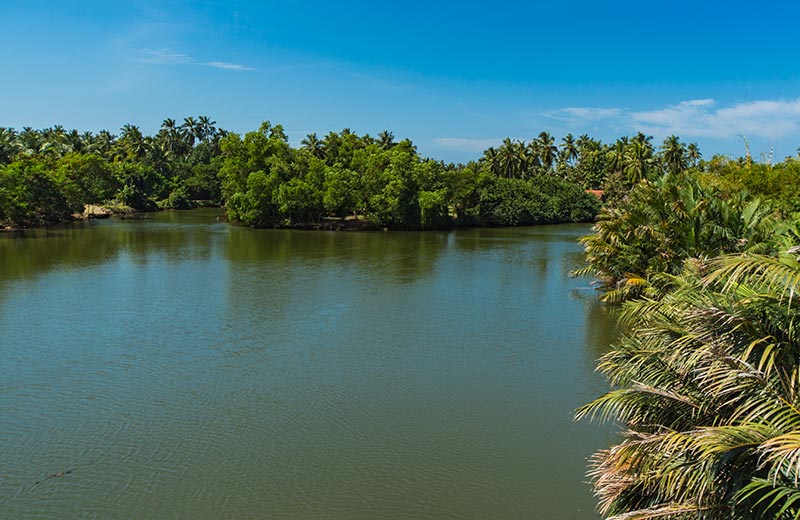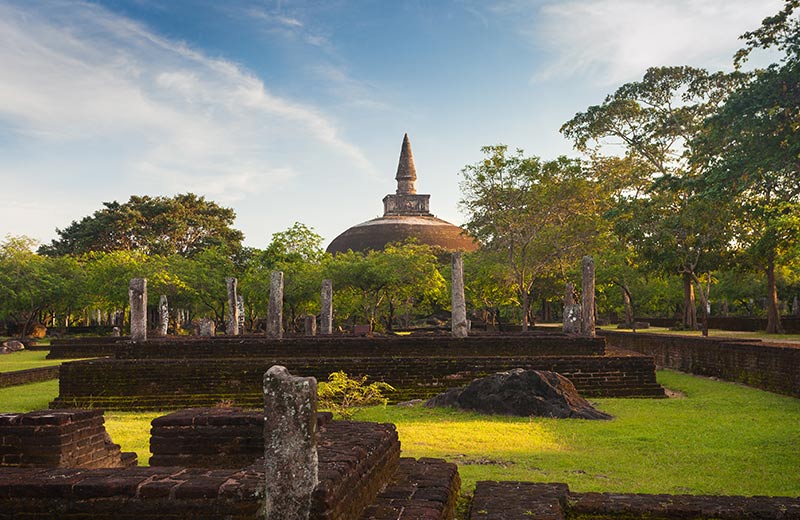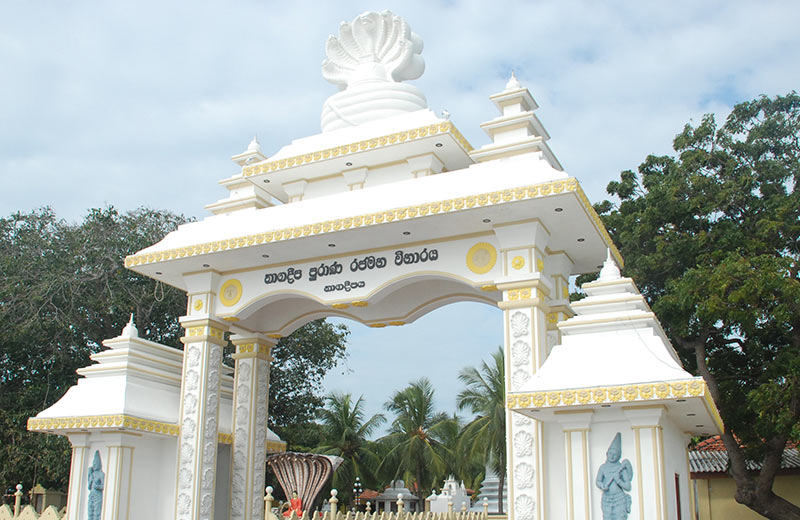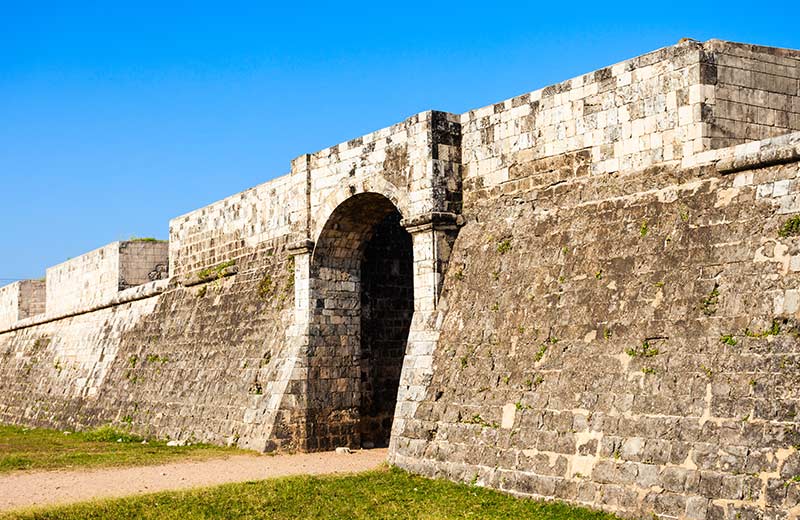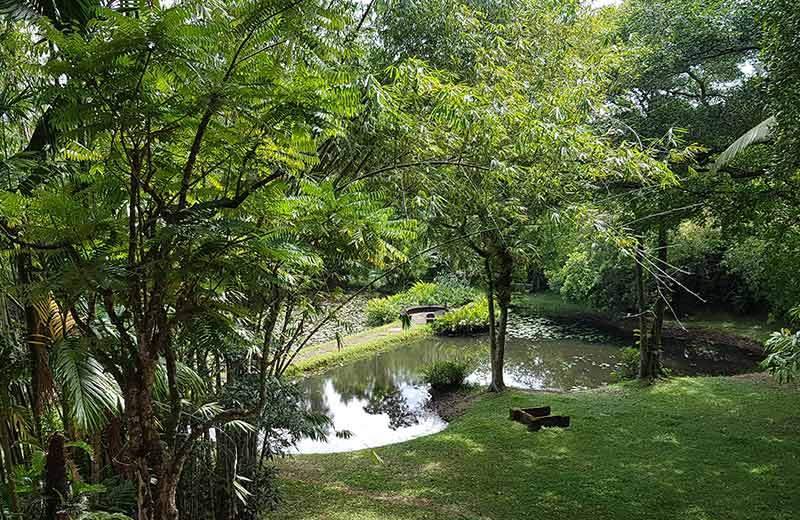Sri Lanka was ruled by a monarchy for over 2,000 years. During this period, the main seat of power moved across the island to at least nine locations – Tambapanni, Upatissa Nuwara, Anuradhapura, Polonnaruwa, Dambadeniya, Gampola, Kotte, Sitawaka and Kandy. There were a number of smaller sub kingdoms ruled by provincial kings that existed during this period as well.
The Portuguese arrived in Sri Lanka in 1505, and realized that the island had many trading commodities, especially the rare and expensive spice cinnamon. Portuguese forces soon took control of parts of the island, namely trading ports and cinnamon-growing lands. The Dutch ousted the Portuguese and took complete control of these territories by 1658. However, the Kingdom of Kandy in the central highlands continued to stay independent during this period, fighting hard to ward off the European colonizers.
The British seized control of all territories held under the Dutch in 1796, and the island became a crown colony in 1802. A weakened Kandyan Kingdom eventually succumbed to British control in 1815, following the signing of the Kandy Convention. The British named the island Ceylon, and continued to develop agricultural export crops and infrastructure. Ceylon Cinnamon and Ceylon Tea were two popular, sought-after commodities and helped fill the coffers of the colonials.
The people of Sri Lanka continued to fight for freedom from the European colonizers and were finally granted independence on February 4 th , 1948. The country changed its formal name to the Socialist Republic of Sri Lanka in 1972, and thereafter to the Democratic Socialist Republic of Sri Lanka in 1978. Sri Lanka’s rich, colorful past has many captivating tales that have been recorded and passed down over the generations. Tales of myth, faith, heroism, betrayal and benevolence, which have moulded the narrative of this nation and its people.
Why Ceylon?
The resplendent isle of Sri Lanka has been known by a host of names over the centuries. The country gained popularity globally as Ceylon, a name given by the British colonizers. Today, the country is an independent sovereign nation named Sri Lanka, but its heritage as Ceylon lives on in products such as the world-famous Ceylon Tea, Ceylon Cinnamon and Ceylon Blue Sapphires.
Delve into the Tales of Ceylon, and find inspiration for your next holiday on this beautiful tropical island.
